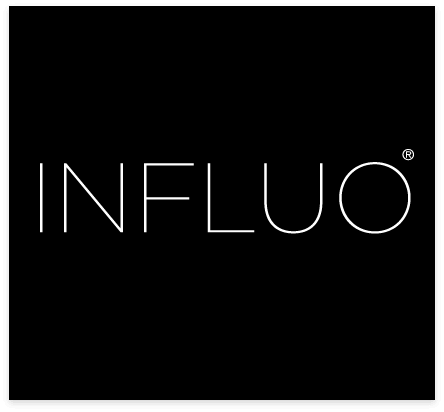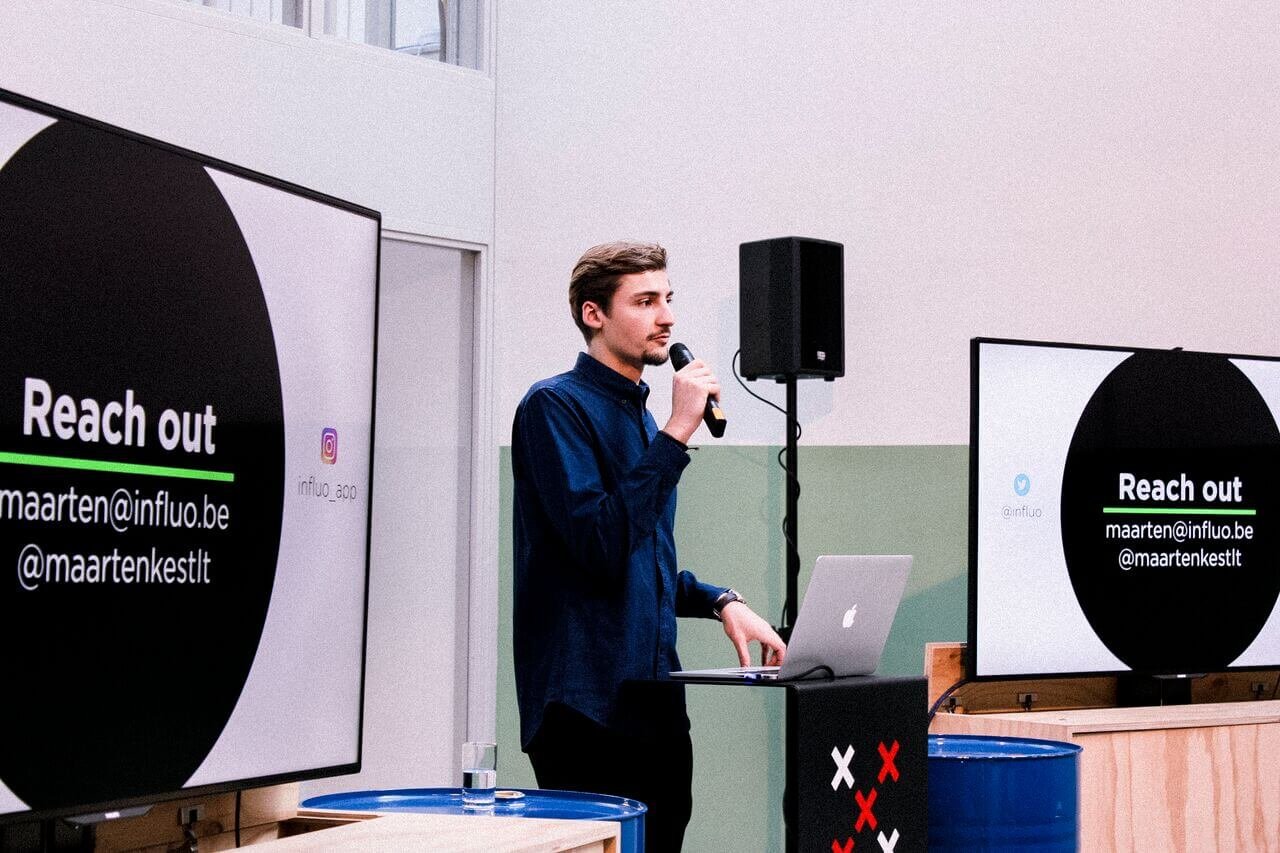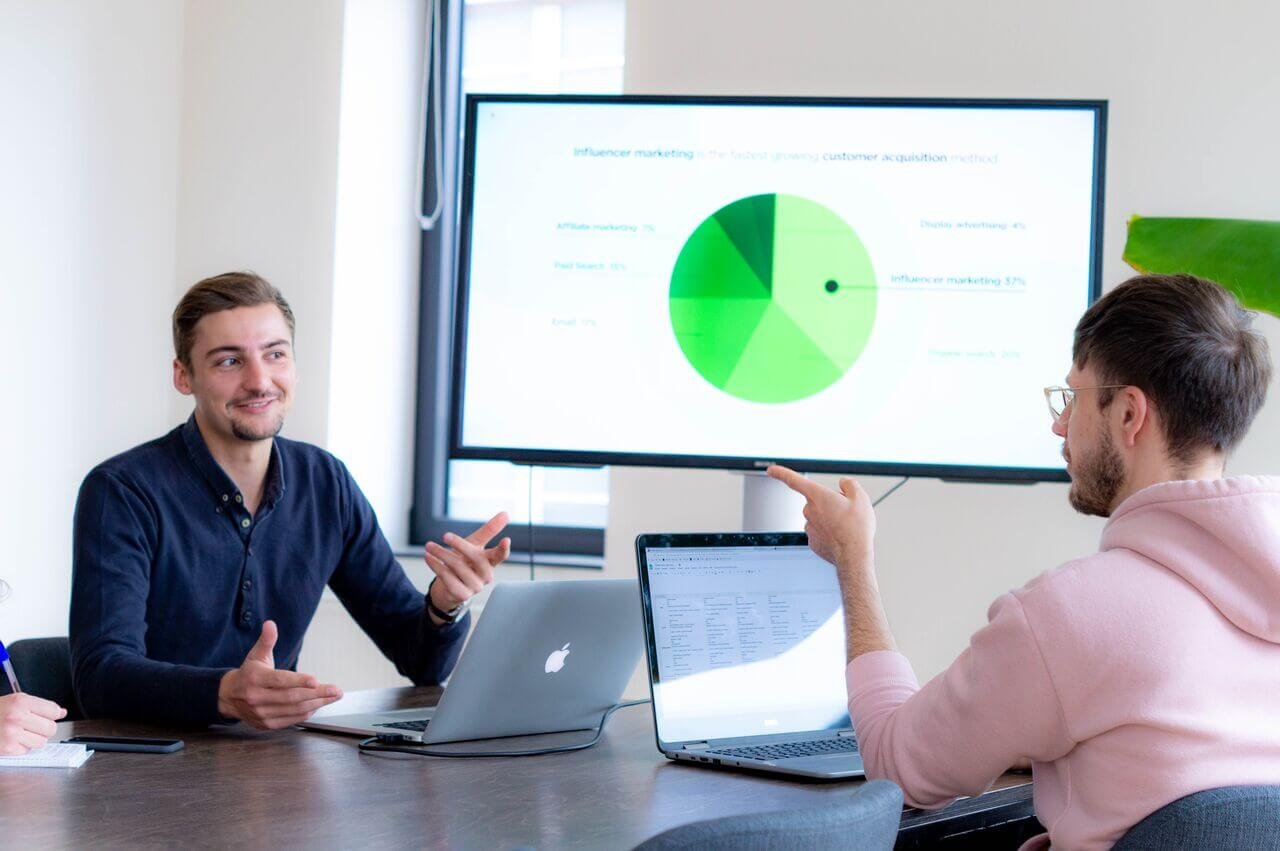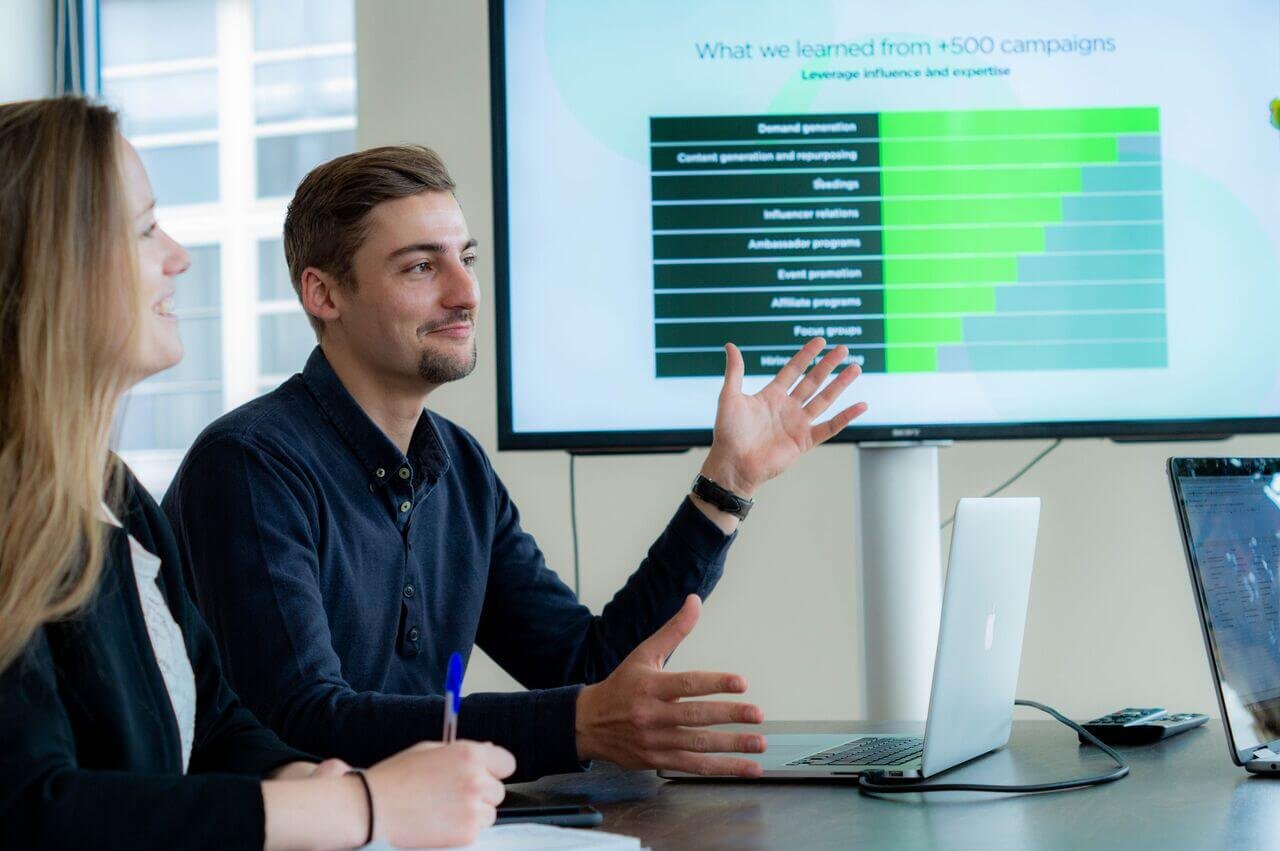
Maarten Kesteloot is the co-founder and CEO of Influo, a platform dedicated to connecting influencers to brands since 2014. Maarten talks to us about how he believes that influencers are the next big marketing medium. He speaks about influencer marketing and the extreme importance of brands utilizing these influencers through his dynamic and exciting application.

What trends do you see in the industry?
Definitely experimenting, most companies continue to experiment due to the immaturity and comparative newness of the influencer marketing space. The biggest shift is yet to come.
Another trend is the idea of budgeting, important element in growing these budgets is defining the legal interpretations of advertising, countries are currently making their advertising guidelines and once these interpretations are cleared up, the budgets will naturally get larger as confidence grows.
Is the immaturity of the industry regional?
Yes, the US being ahead, the UK, Germany, Italy and France being behind, Belgium being somewhere between. I think that, yes, they will eventually come to follow the same path, specifically at international congresses – the countries that are behind look at the US for evolution and adopt their processes and learnings, catching up faster. For example the trend of micro-influencers came late to US but fast to Belgium.

What is your method for finding micro-influencers?
Well, for brands to find them, the close attraction between ambassador marketing (having every stake-holder in your company promote your stories) and influencer marketing means working with the people that have a significant influence over your target audience. The first step for brands is to look within their own community they have already built. By going through their social media lists to see if anyone within that is very active – and as they already follow you they will probably be interested in your products or a collaboration. In terms of finding influencers there isn’t much difference between micro influencers and big influencers as finding them is the easy part, it’s managing the projects that can be hard to do in an efficient way when you have a large scale.
At AISPI we work with emerging brands and designers – I want to guide them into how to optimize their visibility through using influencers – what do you recommend in terms of platforms to find influencers?
Of course, Influo is a good place to start! I’d also recommend identifying the channel – the brand – as it is obviously very important that that remains relevant. After that, it’s about identifying the hashtags on Instagram, and from there to look how is it being talked about. Use these hashtags to find related people that you want to work with. The most important lessons on influence marketing present and future – is that it is more than advertising.

When a brand thinks of influencers and influencer marketing, there can be a misconception that this is limited to Instagram – so, what is the potential of influencer marketing?
It is important to look at the digitally native vertical brands, they are taking e-commerce to a new level, they use influencer marketing not only to market but to design their products, to get feedback. A great example is Daniel Wellington, they use influencer marketing for promotion but also on their website – using influencers to enhance sales processes.
How do you judge who is a good influencer when you can buy likes and followers – how do you know who is genuine and who isn’t?
Yes that is certainly a worry for the brands, often we hear from influencers that they think brands expect them to buy likes and follows because everyone is doing it – but every technology company like Influo worldwide are concentrating on providing transparency. It is actually fairly easy to manually spot fake comments and fake followings.

So platforms like Influo would manually judge fake from real in terms of followers?
At the moment we do it manually. We look at the engagement rate to check that it is approximately what we would expect. For example, for big influencers, we would expect for the engagement rate to be above 0.1% or 1%, and for micro-influencers around 2%-10%, the higher the better. We then obviously look at the length of comments/quantity of comments. The technology is getting better and better at detecting these fake accounts too. And generally everyone has a few fake followers because it is fairly inevitable on public accounts, the amount we’d expect is around 10% being fake. Technology will definitely become an important focus point on this topic, and providing more info about cheating influencers, and once it does the influencer marketing space will be more mature due to increased awareness and confidence.

If there’s one thing that you want readers to take away from this, what would that be?
Do not underestimate the potential and takeaway from influencer marketing. They can be used for a multitude of purposes, advertising being the largest, but there are so many other benefits. It’s great for promotion, it makes it cheaper to generate content, it’s relation-building and the perfect place to get direct feedback from your customers. It’s a triple win.
Check our blog for the latest fashion trends.
For more inspiration, especially fashion-related content, be sure to follow our Instagram and Facebook page for daily updates

